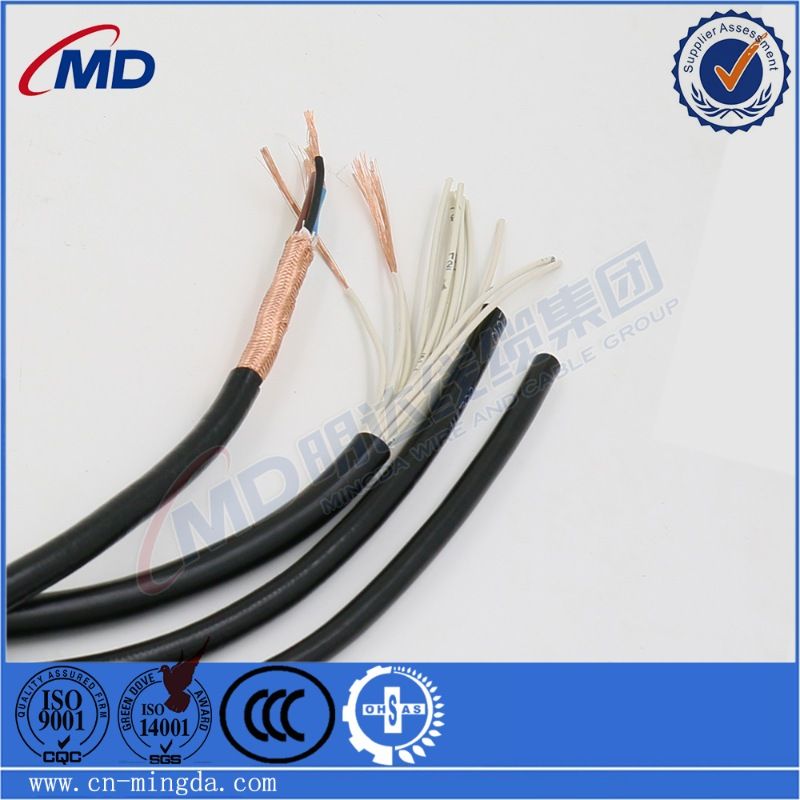9 月 . 10, 2024 19:28 Back to list
3 Way Ball Valve - Versatile Flow Control Solutions
Understanding 3-Way Ball Valves Functions and Applications
A 3-way ball valve is an important component in various fluid control systems. It is designed to control the flow of fluids through three different paths, allowing for either mixing or diverting operations. This unique functionality makes it a versatile choice in numerous industrial applications, including water treatment, chemical processing, and HVAC systems.
Understanding 3-Way Ball Valves Functions and Applications
The L-port design allows for fluid to either flow from one inlet to the other or divert it, creating a bypass effect. This is particularly useful in applications where mixing of two different fluids is required. On the other hand, the T-port design enables the valve to combine or split flows more efficiently, providing greater versatility in directing fluid flow according to the system’s needs.
3 way ball valve

One of the key advantages of 3-way ball valves is their ability to handle high flow rates with minimal pressure drop, which enhances system efficiency. They are also known for their durability and reliability, often constructed from robust materials such as stainless steel, brass, or plastic, depending on the application. This makes them ideal for handling aggressive chemicals or varying temperature and pressure conditions.
In terms of actuation, 3-way ball valves can be operated manually with a lever or automatically using electric or pneumatic actuators. Automated valves are particularly advantageous in industrial processes that require remote control and precise flow management, reducing the need for manual intervention and improving safety.
Maintenance of 3-way ball valves is generally straightforward, as they are designed to have a long service life with minimal wear and tear. Regular inspections for leaks or corrosion are recommended to ensure optimal performance. In case of valve failure, most designs allow for easy replacement of internal components, making repairs both cost-effective and efficient.
In conclusion, the 3-way ball valve is a critical tool for modern fluid control systems. Its ability to efficiently manage flow paths makes it indispensable in various industries. Whether used for mixing, diverting, or directing flows, these valves contribute significantly to the functionality and efficiency of fluid transportation systems. As industries continue to evolve, the importance of reliable and effective flow control mechanisms like the 3-way ball valve will only increase, highlighting their relevance in today’s engineering solutions.
Share
-
Understanding the Differences Between Wafer Type Butterfly Valve and Lugged Butterfly ValveNewsOct.25,2024
-
The Efficiency of Wafer Type Butterfly Valve and Lugged Butterfly ValveNewsOct.25,2024
-
The Ultimate Guide to Industrial Swing Check Valve: Performance, Installation, and MaintenanceNewsOct.25,2024
-
Superior Performance with Industrial Swing Check Valve: The Essential Valve for Any SystemNewsOct.25,2024
-
Industrial Swing Check Valve: The Ideal Solution for Flow ControlNewsOct.25,2024
-
You Need to Know About Industrial Swing Check Valve: Functionality, Scope, and PerformanceNewsOct.25,2024